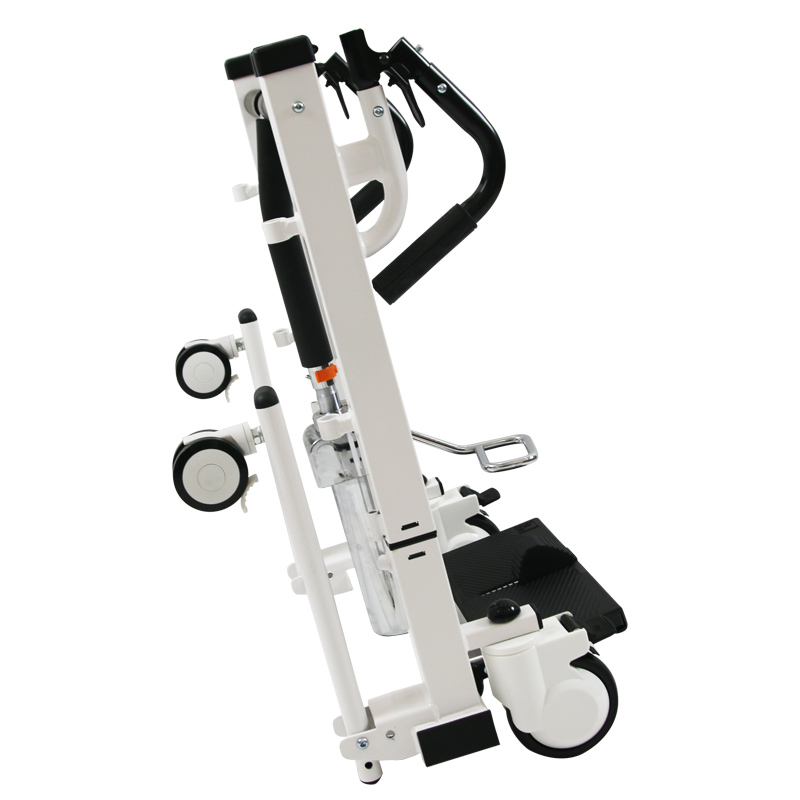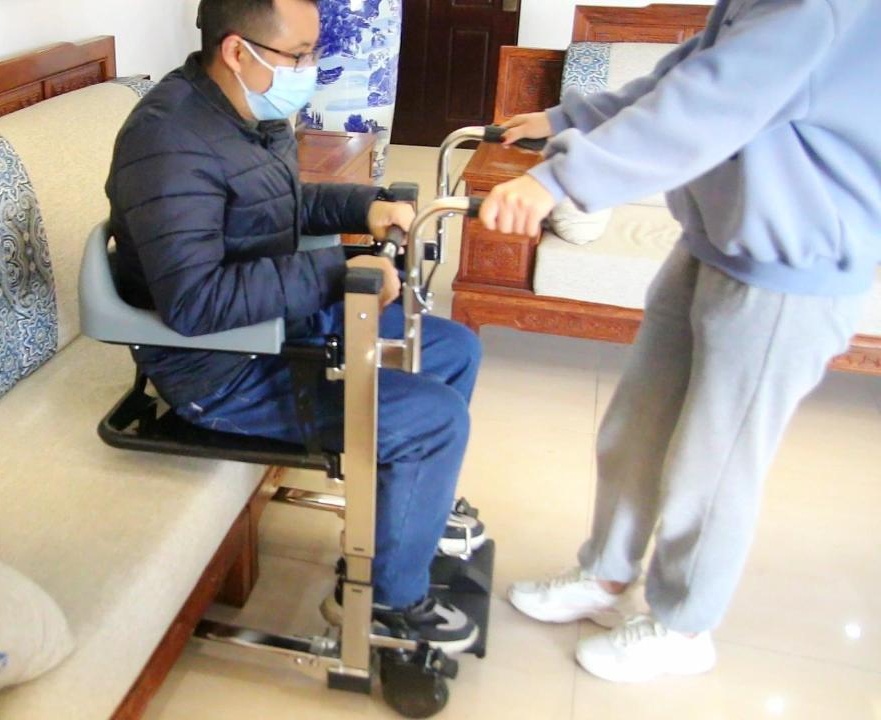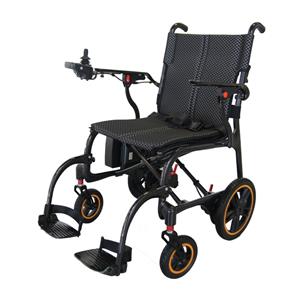How does a patient transfer chair work?
Transferring patients, particularly the elderly or those with mobility issues, is a task that requires both care and precision. The advent of electric transfer chairs has revolutionized the way caregivers and medical professionals perform this critical task. These chairs are designed to provide a safe, comfortable, and dignified transfer experience. Let's delve into the workings of these innovative devices.

Introduction to Electric Transfer Chairs
An electric transfer chair is a mobility aid specifically designed to assist in the movement of patients from one location to another, such as from a bed to a wheelchair or a commode. These chairs are equipped with electric mechanisms that facilitate the transfer process with minimal physical effort from the caregiver.
Key Features of Electric Transfer Chairs
Electric Lift Transfer Chair
An electric lift transfer chair is a type of transfer chair that includes a lifting mechanism. This feature is particularly useful for individuals who cannot stand or sit down unaided. The lift can be adjusted to various heights to match the surfaces between which the patient is being transferred.

Elderly Transfer Chair
An elderly transfer chair is tailored to the needs of senior citizens. It often includes features that provide additional comfort and safety, such as padded seats, secure restraints, and a slower, more controlled lifting mechanism to prevent disorientation or falls.
Electric Lifting Patient Transfer Chair
An electric lifting patient transfer chair combines the functionalities of a lift and a transfer chair. It is designed to lift patients vertically and then move them horizontally to the desired location. This dual action is controlled by an electric motor, which can be operated by a caregiver using a handheld control unit.
Electric Patient Transfer Chair
An all-encompassing term, an electric patient transfer chair refers to any chair that uses electric power to assist in the transfer of patients. These chairs may have various additional features, such as swiveling seats, reclining backs, or specialized footrests, depending on the model and manufacturer.
How the Electric Patient Transfer Chair Works
Preparation: Before the transfer, the chair is positioned close to the surface from which the patient is being transferred. The caregiver ensures that the chair is locked in place and that all safety features are engaged.
Adjustment: Using the electric controls, the caregiver adjusts the height of the chair to match the transfer surface. Some models allow for the adjustment of the seat and backrest angle to accommodate the patient's comfort and needs.
Securing the Patient: The patient is then secured in the chair using safety belts or other restraint systems to ensure their safety during the transfer.
Initiating the Transfer: Once the patient is secure, the caregiver operates the electric lift to raise the chair to the appropriate height. For a vertical lift, the chair will rise with the patient still seated.
Moving the Patient: After lifting, the caregiver can either push the chair manually or use the electric controls to move the chair horizontally to the target location.
Lowering the Patient: Upon reaching the destination, the caregiver lowers the chair using the electric controls, bringing the patient to a comfortable and safe height for the next phase of the transfer, such as sitting down or standing up.
Completion: The patient is then carefully moved from the transfer chair to the final destination, and the chair is disengaged and returned to its storage position.
Benefits of Electric Patient Transfer Chairs
· Safety: Reduces the risk of injury for both patients and caregivers by eliminating the need for manual lifting.
· Efficiency: Streamlines the transfer process, saving time and effort.
· Comfort: Provides a smooth and gentle transfer experience for the patient.
· Dignity: Allows patients to maintain their dignity during the transfer process.
· Versatility: Suitable for use in various settings, including homes, hospitals, and care facilities.
Considerations When Choosing an Electric Patient Transfer Chair
Weight Capacity: Ensure the chair can support the patient's weight.
Size and Space: Consider the dimensions of the chair and the available space in the transfer area.
Controls: Look for intuitive and easy-to-use controls.
Safety Features: Check for features such as safety belts, non-slip surfaces, and emergency stop functions.
Portability: Some models are designed for easy transport between different locations.
Maintenance and Care
Regular Inspections: Check the chair for any signs of wear or damage.
Cleaning: Keep the chair clean and sanitized to maintain hygiene.
Battery Care: If the chair is battery-operated, follow the manufacturer's guidelines for charging and battery maintenance.
Conclusion
Electric patient transfer chairs have become an indispensable tool in healthcare and home care settings. Their ability to provide safe and comfortable transfers without the need for physical strain on caregivers makes them an excellent investment for anyone requiring assistance with patient transfers. By understanding how these chairs work and considering the various features and benefits, caregivers can select the right chair to meet their specific needs.





